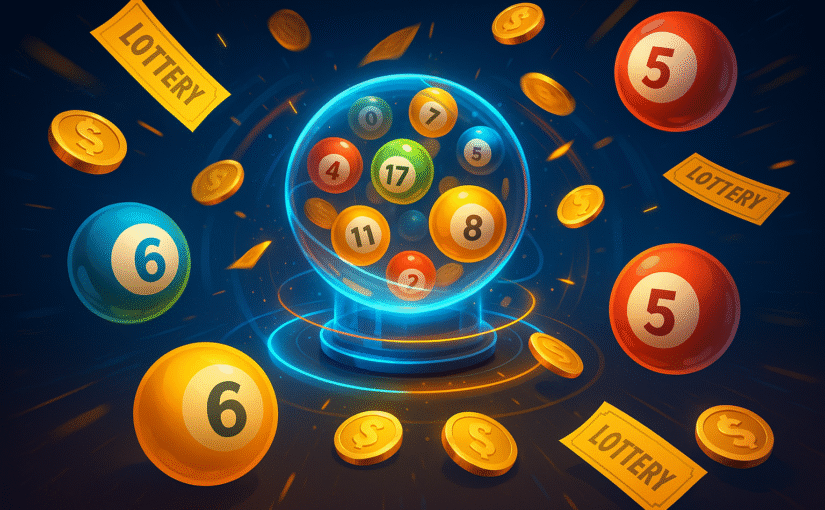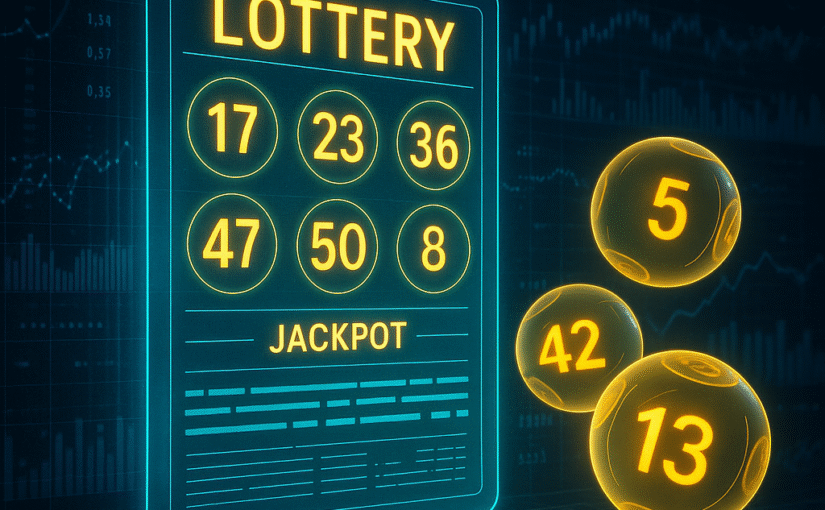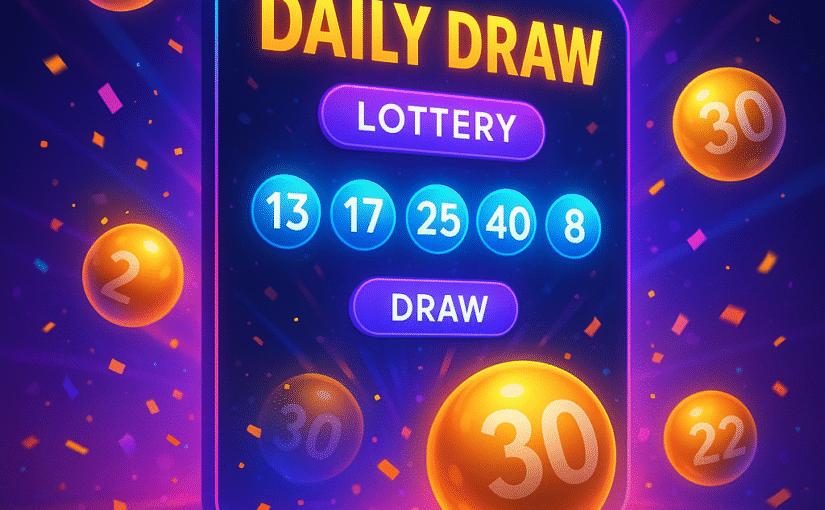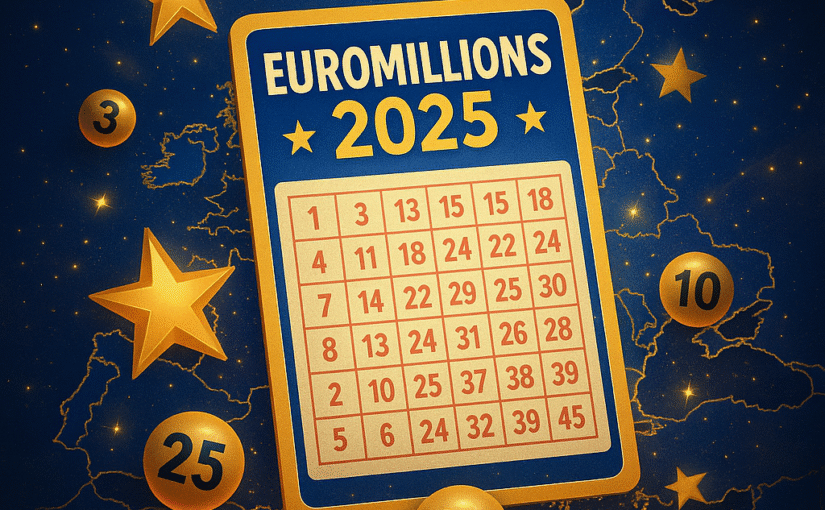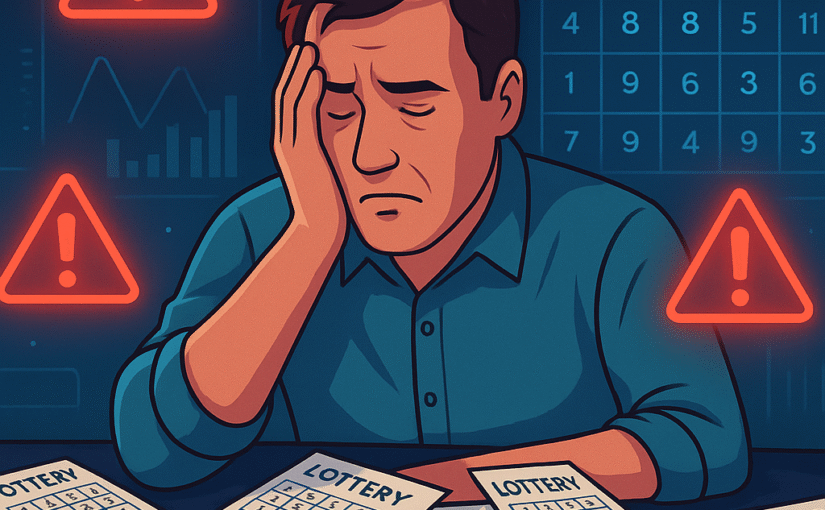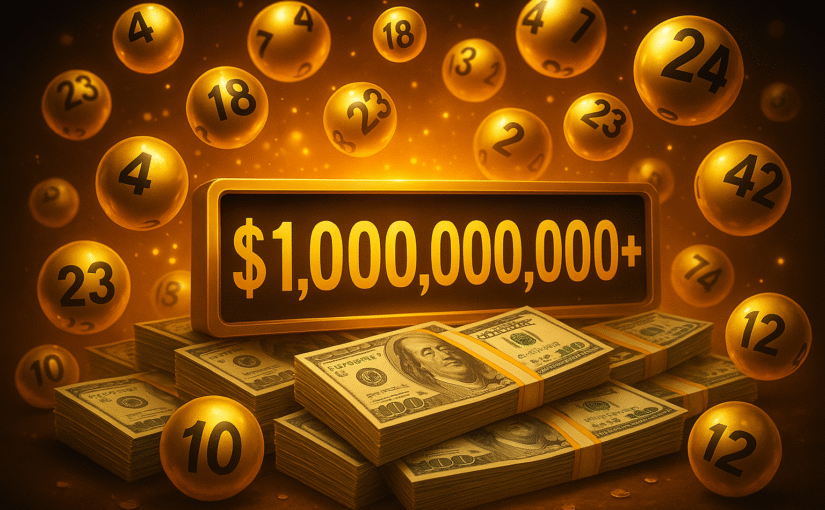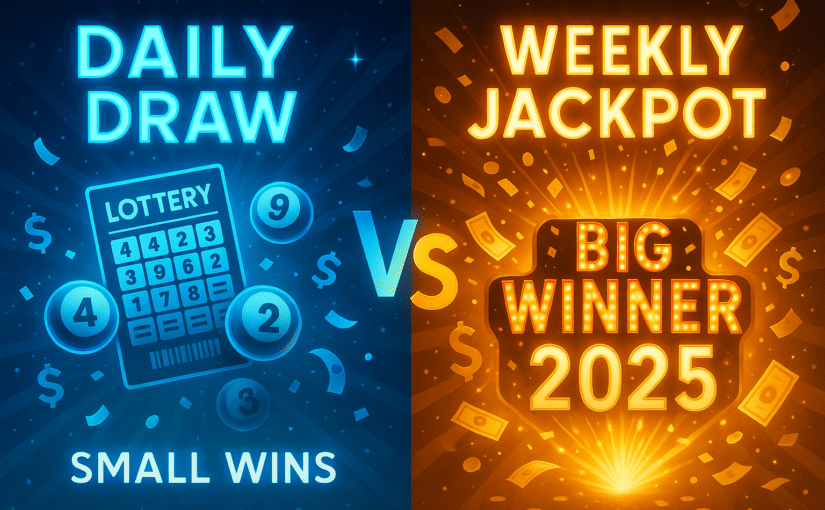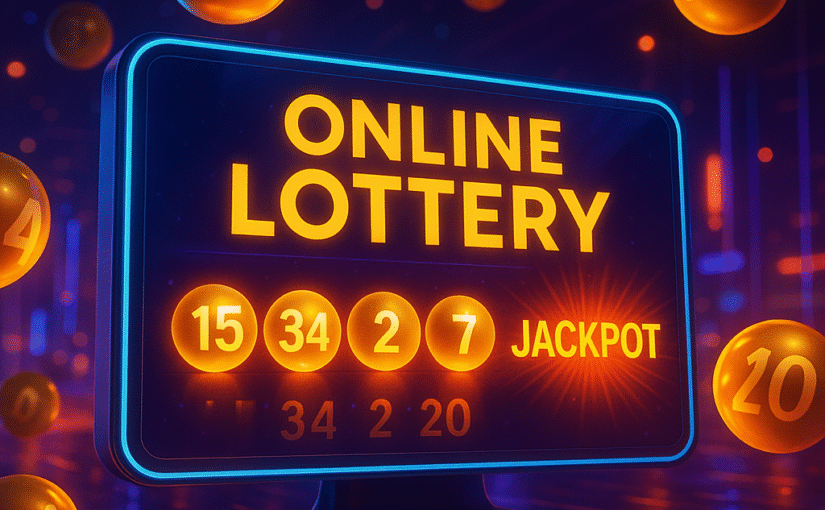Few games capture the global imagination like Powerball, America’s most famous lottery. Now, in 2025, it’s easier than ever to play — thanks to Powerball Online.
With record-breaking jackpots, international availability, and instant access via digital platforms, players across the world can join the excitement and aim for life-changing wins from anywhere.
From picking your lucky numbers to chasing nine-figure jackpots, Powerball Online 2025 puts power — and fortune — at your fingertips.
How to Play Powerball Online
Playing Powerball Online is fast, convenient, and fully digital. Here’s a step-by-step breakdown:
- Pick Your Numbers: Choose five main numbers from 1–69 and one Powerball number from 1–26.
- Add the Power Play: For an additional cost, activate Power Play to multiply non-jackpot prizes up to 10x.
- Buy Tickets Securely Online: Use official lottery sites or licensed platforms with digital ticket verification.
- Wait for the Draw: Draws take place every Monday, Wednesday, and Saturday at 10:59 PM ET.
Online players can automate entries, get instant notifications, and even claim smaller prizes directly to their e-wallets.
Powerball Prize Structure & Odds
Powerball offers nine prize tiers, ensuring that even if you miss the jackpot, you still have chances to win big.
| Match | Prize | Odds |
|---|---|---|
| 5 + Powerball | Jackpot (starting $20M) | 1 in 292,201,338 |
| 5 | $1,000,000 | 1 in 11,688,053 |
| 4 + Powerball | $50,000 | 1 in 913,129 |
| 4 | $100 | 1 in 36,525 |
| 3 + Powerball | $100 | 1 in 14,494 |
| 3 | $7 | 1 in 580 |
| 2 + Powerball | $7 | 1 in 701 |
| 1 + Powerball | $4 | 1 in 92 |
| Powerball Only | $4 | 1 in 38 |
The Power Play feature boosts all non-jackpot prizes — for example, turning a $50,000 win into $500,000 when the 10x multiplier hits!
Winning Tips for Powerball Online Players
While Powerball is a game of chance, certain habits can help improve your approach:
- Play Consistently: More draws mean more chances — set up auto-play or subscriptions.
- Join Lottery Pools: Increase your total entries without spending more.
- Avoid Common Number Patterns: Many players pick birthdays — diversify to avoid shared winnings.
- Activate Power Play: Always add it; multipliers make a huge difference.
- Track Results Digitally: Online platforms notify you immediately when you win — no missed tickets!
Sticking to these habits ensures you play smarter, not just luckier.
Why Powerball Online Is Perfect for 2025
2025 has redefined convenience for lottery lovers. Powerball Online brings digital security, easy payments, and instant notifications — no more paper tickets or waiting in lines.
Players can now:
- Play from anywhere in the world
- Receive automatic result updates
- Withdraw winnings instantly
- Participate in multiple draws simultaneously
It’s the same trusted Powerball, now enhanced for the digital era.
Final Verdict: Play Big, Dream Bigger
Whether you’re chasing the billion-dollar jackpot or just having fun with friends, Powerball Online 2025 offers one of the most exciting, accessible, and rewarding lottery experiences today.
With its global reach, massive payouts, and easy online access, the only question left is — are you ready to become the next Powerball millionaire?

